LE CONSEGUENZE ECONOMICHE DELLA PACE
TREATY OF VERSAILLES
The figure for "war reparations" is set at 132 billion marks. At Versailles, the winners of the Great War imposed a frightening debt on Germany, accounting for 280% of German GDP in 1913!
"Not a peace, but an armistice for twenty years"
Marshal Ferdinand Foch,leader of the French troops
Marshal Ferdinand Foch,leader of the French troops
"Even in these last agonizing weeks, I have continued to hope that you all would find any way,to make the treatise a fair and realistic document, but it is now too late, obviously, the battle islost."
On 7 June 1919, with these words John Maynard Keynes communicates Lord George.
his resignation from the position of treasury representative at the Versailles conference.
his resignation from the position of treasury representative at the Versailles conference.
Before that,he was certain that the harsh repairs imposed on Germany,would bring the continent, within two or three decades, have a second conflict and as he wrote to his mother, already in a letter of 1917,to the disappearance of the social order like the we have known so far.
https://www.history.com/thi...
Keynes had never signed the conviction of the winners that he had fought according to Wilson's famous formula, the war that would end any war; and he opposed in vain the short-sightedness of Clemenceau, Lloyd George and of Wilson himself, distant in all but agree in reducing the problems of the post-war period to a mere fact of borders and sovereignty
THE GREAT DEPRESSION WAS THE WATERSHED
France and Great Britain demanded that Germany pay not only the damages caused to civilians, but also the full cost borne by allied governments for the continuation of the war, with the amount of 132 billion gold (or Goldmark) marks, to be paid in installments with 6% interest, an exorbitant amount.
In this way the Weimar Republic found itself in the first half of the twenties to face an unstoppable inflation.
Davis Plan 1924
In this way the Weimar Republic found itself in the first half of the twenties to face an unstoppable inflation.
Davis Plan 1924
https://uploads.disquscdn.c...
Vice President of the United States of America from 1925 to 1929 and subsequently Ambassador to London. Nobel Peace Prize in 1925
Vice President of the United States of America from 1925 to 1929 and subsequently Ambassador to London. Nobel Peace Prize in 1925
This plan was based basically on two points:
1 Germany was unable to pay the repairs that had been charged to it by ratifying the Treaty of Versailles until it was put into a position to recover.
2 In this regard, it was necessary to provide Germany with appropriate financing.
1 Germany was unable to pay the repairs that had been charged to it by ratifying the Treaty of Versailles until it was put into a position to recover.
2 In this regard, it was necessary to provide Germany with appropriate financing.
This brought new capital to Germany.The measures taken by the German government for rehabilitation were effective: the recovery was uninterrupted, and as early as 1925 the results could be seen.
In 1925, the Locarno Treaties was held
On that occasion Germany was treated on a par with other nations. The Weimar Republic signed four agreements, with Belgium, France, Poland and Czechoslovakia both to define peaceful arbitration rules in the event of future differences and the final acceptance of the transfer of the Alzazia-Lorena to France.
The Locarno Pact entered into force in 1926, when Germany was welcomed into the Society of the Nation.
The Young 1928 plan
The plan was presented by american diplomat at the Second Reparations Conference Owen D. Young, with the aim of overcoming the previous Dewes Plan.The Young plan reduced the debt by 20% and divided it into annual installments to be paid in 58 years. In addition, around a third of the amount was unconditional, while for the remaining part Germany could postpone payments.The Young plan came into operation in October 1929,after the previous March, the President of Germany, Paul von Hindenburg, approved the plan (with strong opposition from the population) and was ratified in August at the Hague Conference.
THE PERFECT STORM
The economic crisis will hit the whole world and will have a greater impact on those economies that were more dependent on foreign loans and the financial market.
In May 1931, the Austrian Creditanstalt of Vienna, one of Europe's largest banks, suspended payments.
suspended payments. Panic spread throughout Europe.Herbert_Hoover, president of the United States,demanded a one-year moratorium on paying debts.
With the Great Depression, US loans were lost, and Germany fell back into a crisis even worse than the previous one.
In 1932 the Lausanne Conference ratified the German impossibility to make up for war debts.
In 1932 the Lausanne Conference ratified the German impossibility to make up for war debts.
The impossibility of dealing with debts, together with the great crisis and the humiliating conditions of the Treaty of Versailles brought Germany into misery and despair, thus influencing the birth of autarchy and Nazism, and prepared the ground for the rise of Adolf Hitler in power.
https://en.wikipedia.org/wi...
https://en.wikipedia.org/wi...
https://www.britannica.com/...
https://en.wikipedia.org/wi...
https://en.wikipedia.org/wi...
https://en.wikipedia.org/wi...
https://en.wikipedia.org/wi...
https://encyclopedia2.thefr...
https://en.wikipedia.org/wi...
https://www.geschichtewiki....
https://en.wikipedia.org/wi...
https://en.wikipedia.org/wi...
https://www.britannica.com/...
https://en.wikipedia.org/wi...
https://en.wikipedia.org/wi...
https://en.wikipedia.org/wi...
https://en.wikipedia.org/wi...
https://encyclopedia2.thefr...
https://en.wikipedia.org/wi...
https://www.geschichtewiki....
https://en.wikipedia.org/wi...


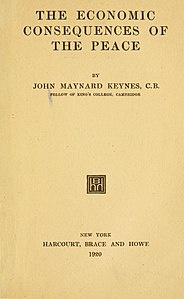

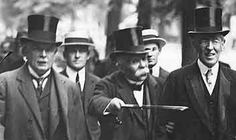
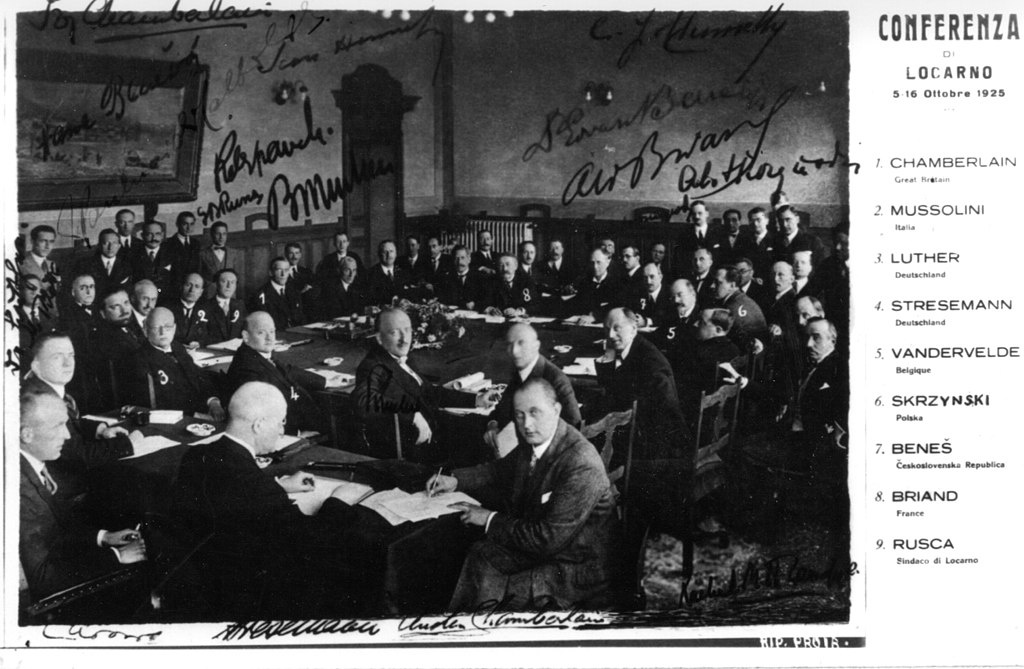
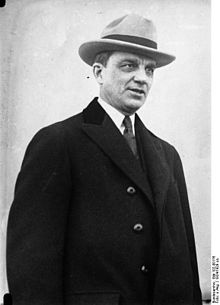
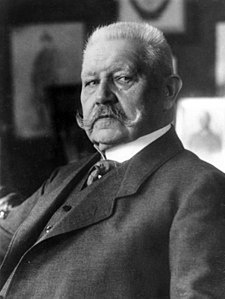

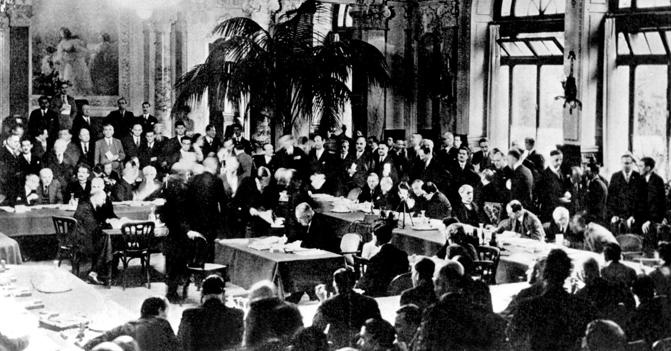
Commenti
Posta un commento